11 Oct On This Day in UB History: October 11 (Union Biblical Seminary)
On October 11, 1871, Union Biblical Seminary opened in Dayton, Ohio. It was the first United Brethren seminary.
During our early years, people often became ministers very quickly–converted one month, out preaching the next month, and within a year, given a ministerial license and assigned to a circuit of churches. We had no colleges. In fact, formal education for ministers was often frowned upon. Folks didn’t want future ministers going to “priest factories” for several years and having all spiritual zeal sucked out of them.
Instead, education occurred informally. Biographies of bishops and leading ministers from those days depict avid self-learners who were constantly reading and studying. Veteran ministers would shepherd younger ministers along, loaning them dog-eared books to read on horseback and by firelight.
The 1845 General Conference encouraged the opening of colleges, and the first, Otterbein University, opened two years later. That conference also required that candidates for the ministry commit themselves to diligent study about the Bible. This led, inevitably, to expectations that ministers receive formal training.
The 1869 General Conference decided we needed our own seminary. Milton Wright, then a 41-year-old minister still eight years away from being elected bishop, advanced a motion which called for launching a Bible institute. Two years later, Union Biblical Seminary opened with 11 students taking classes in the basement of a new UB church in Dayton, Ohio. In 1873, the seminary began admitting women.
By 1889, 282 people had attended the seminary. That year, General Conference approved the ordination of women. The first woman to be ordained was an 1887 graduate of Union Biblical Seminary.
In 1879, the seminary moved into a new building located on five acres of donated land. When our group split off in 1889, the seminary stayed with the other group. The school was renamed Bonebrake Theological Seminary in 1909.

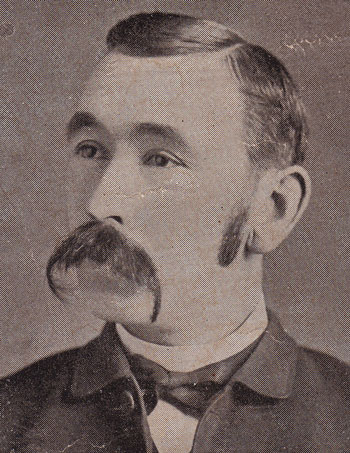
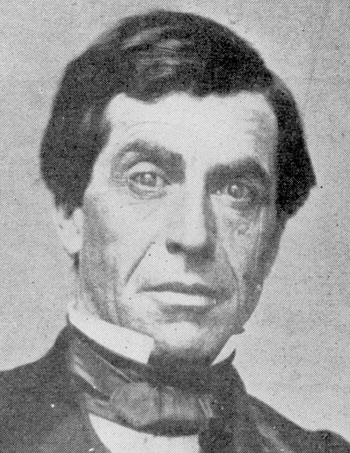
 You can order most of your materials directly from manufacturers. Jane Seely (right), our Church Resources Manager, has sent customers a list of suppliers along with contact information.
You can order most of your materials directly from manufacturers. Jane Seely (right), our Church Resources Manager, has sent customers a list of suppliers along with contact information.
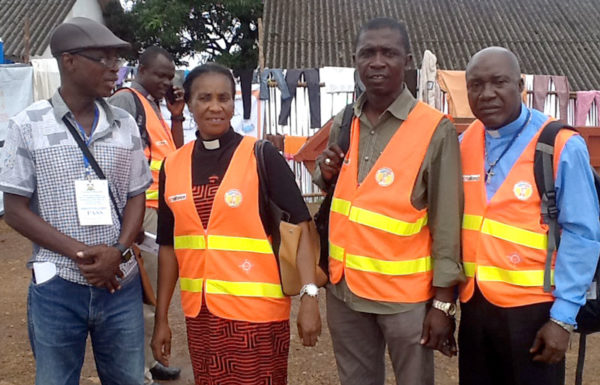
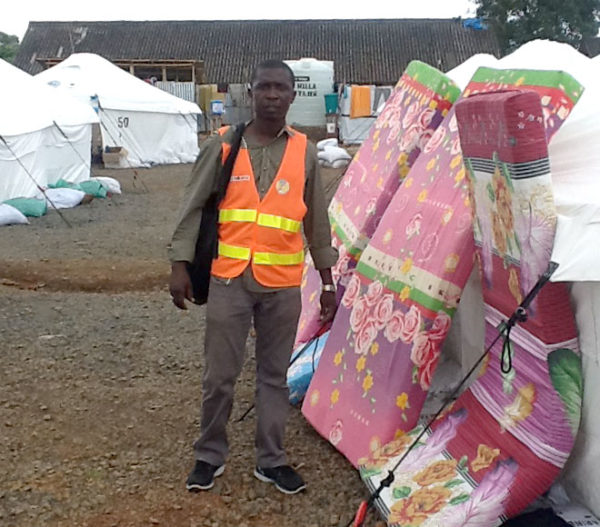

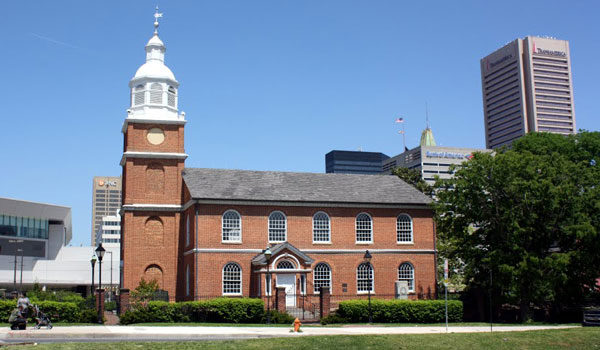

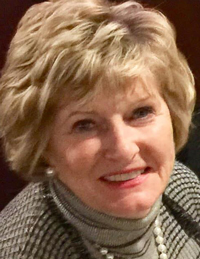 On October 4, 2013, Dr. Sherilyn Emberton was inaugurated as president of Huntington University. She was the first woman president in the school’s history. The installation was conducted by Ms. Kelly Savage, chairperson of the HU Board of Trustees since 2010–the first woman to chair the board.
On October 4, 2013, Dr. Sherilyn Emberton was inaugurated as president of Huntington University. She was the first woman president in the school’s history. The installation was conducted by Ms. Kelly Savage, chairperson of the HU Board of Trustees since 2010–the first woman to chair the board.